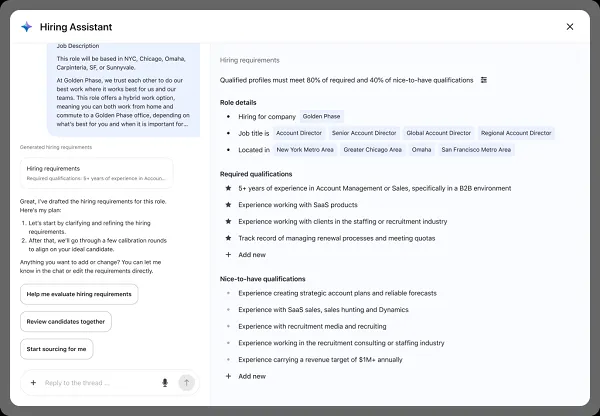Global coal use is on course to hit all-time high this year, IEA says
Higher gas prices have led to an increased reliance on coal, the IEA said.

Workers photographed on top of a train loaded with coal in China. Global use of coal is projected to increase by 1.2% this year and hit a record high, according to the International Energy Agency.
VCG | Visual China Group | Getty Images
Global coal use is on course to increase by 1.2% to hit a record high this year, according to a report from the International Energy Agency.
It comes at a time of significant volatility and uncertainty in global energy markets, with the IEA stating that Russia's invasion of Ukraine in Feb. 2022 had "sharply altered the dynamics of coal trade, price levels, and supply and demand patterns in 2022."
"Coal markets have been shaken severely in 2022, with traditional trade flows disrupted, prices soaring and demand set to grow by 1.2%, reaching an all-time high and surpassing 8 billion metric tons for the first time," the IEA said in its Coal 2022 report, published Dec. 16.
The price of fossil fuels saw a substantial jump this year, the agency said, "with natural gas showing the sharpest increase."
"This has prompted a wave of fuel switching away from gas, pushing up demand for more price competitive options, including coal in some regions," it added.
Read more about energy from CNBC Pro
Despite the increase in coal demand, the picture is a complex one. The IEA noted that "higher coal prices, strong deployment of renewables and energy efficiency, and weakening global economic growth are tempering the increase in overall coal demand this year."
It said that coal use in electricity generation was set to rise by a little over 2% this year. Coal usage in industry is actually slated to fall by more than 1%, with this decline attributed to lower steel and iron production.
"The world is close to a peak in fossil fuel use, with coal set to be the first to decline, but we are not there yet," IEA Director of Energy Markets and Security Keisuke Sadamori said in a statement. "Coal demand is stubborn and will likely reach an all-time high this year, pushing up global emissions."
"At the same time, there are many signs that today's crisis is accelerating the deployment of renewables, energy efficiency and heat pumps — and this will moderate coal demand in the coming years," he added.
Government policies would be "key to ensuring a secure and sustainable path forward," he said.
Stock picks and investing trends from CNBC Pro:
Coal use has a substantial impact on the environment, with environmental organization Greenpeace describing it as "the dirtiest, most polluting way of producing energy."
The U.S. Energy Information Administration, meanwhile, lists a range of emissions from coal combustion, including carbon dioxide, sulfur dioxide, particulates and nitrogen oxides.
The debate around coal and its continued use remains charged. Just this month, plans for a deep coal mine in the northwest of England were given the green light by the U.K. government, in a decision that earned both endorsement and criticism.
Uncertainty ahead
The IEA report painted a picture of uncertainty moving forward.
It forecast global coal demand plateauing near the 2022 level of 8 billion metric tons through 2025, but noted that "given the current energy crisis with all its uncertainties, a lurch into growth or contraction is possible."
Russia was the biggest supplier of natural gas and petroleum oils to the European Union in 2021, according to Eurostat. EU-bound exports of Russian gas have slid this year, prompting major European economies to make efforts to shore up supplies for the colder months.

 Lynk
Lynk 
































